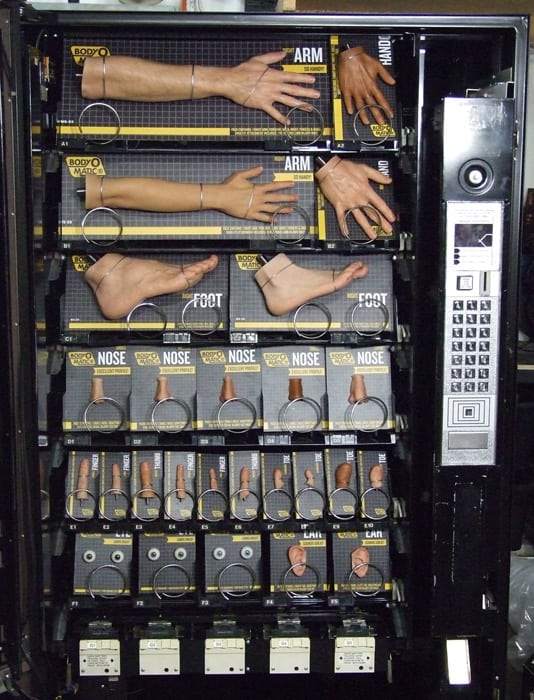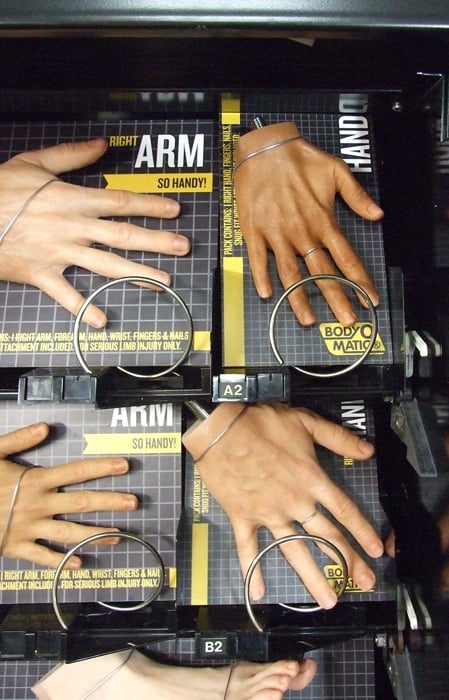At the Australian Labor Party conference currently happening in Sydney, the Prime Minister, Kevin Rudd, announced a program to create “green” jobs or jobs from the renewable energy and environmental sectors.
The program sounds a lot like the previous (Conservative) government’s Jobs for the Dole scheme – same unemployment sector different focus. Rudd’s program is more “Jobs for the Globe”. The environment needs all the hope that it can get but will the participants of the green job scheme gain marketable skills or is it a case of keeping idle hands active?
Regardless, there is an OHS context to environmental initiatives.
The United States seems to be well ahead of Australia in this policy area. The NIOSH Science Blog reports on the US programs which are supported by OHS initiatives at the planning stage. The blog lists the types of green jobs in the US:
- installation and maintenance of solar panels and generators;
- construction and maintenance of wind energy turbines;
- jobs related to recycling;
- jobs related to the manufacture of green products; and
- jobs where green products are used in traditional fields such as agriculture, healthcare, and the service sector
In a media release not yet publicly available, Kevin Rudd has listed the Australian green jobs in his “National Green Jobs Corps”:
- Bush regeneration and planting native trees
- Wildlife and fish habitat protection
- Walking and nature track construction/restoration; and
- Training and hands on experience in the installation of energy efficiencies for buildings.
Huh?? One out of four for marketable skills.
There are several apprentice initiatives which may provide better skills but the Government will need to generate considerable growth in the renewable sector so that the skills gained can be applied.
Rudd said at the ALP Conference that
“The practical job-ready skills included in this training will include:
- Training electricians in the installation of solar energy;
- Training plumbers in the installation of water-recycling, plumbing systems; and
- Training workers in the booming home insulation industry and the retro-fitting of buildings to reduce energy consumption”
It would have been visionary for the Prime Minister to mention the broader social benefit from also making sure that the young workers in this new sectors will be safe. It could have been done as the NIOSH blog reports.
And the NIOSH initiatives show that OHS professionals and associations need to be active in reminding governments and business that OHS does not take a holiday.





